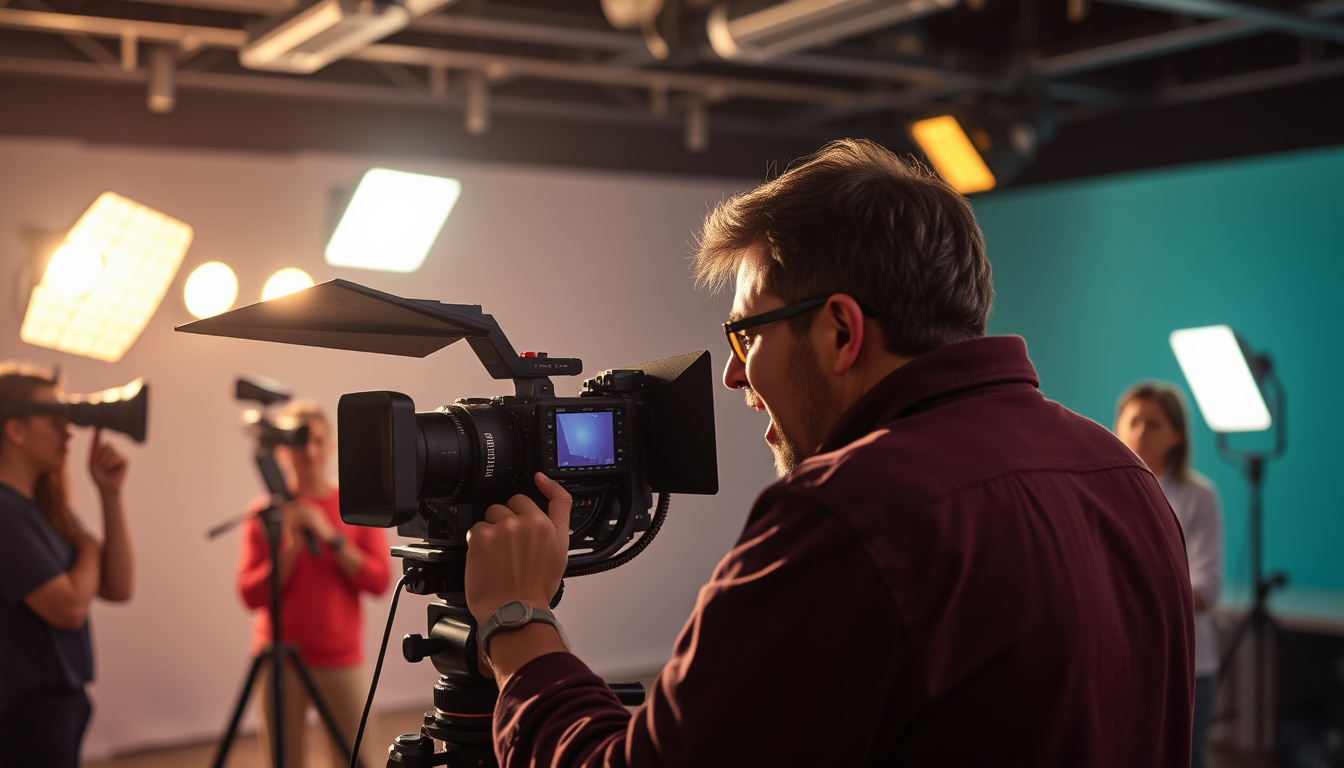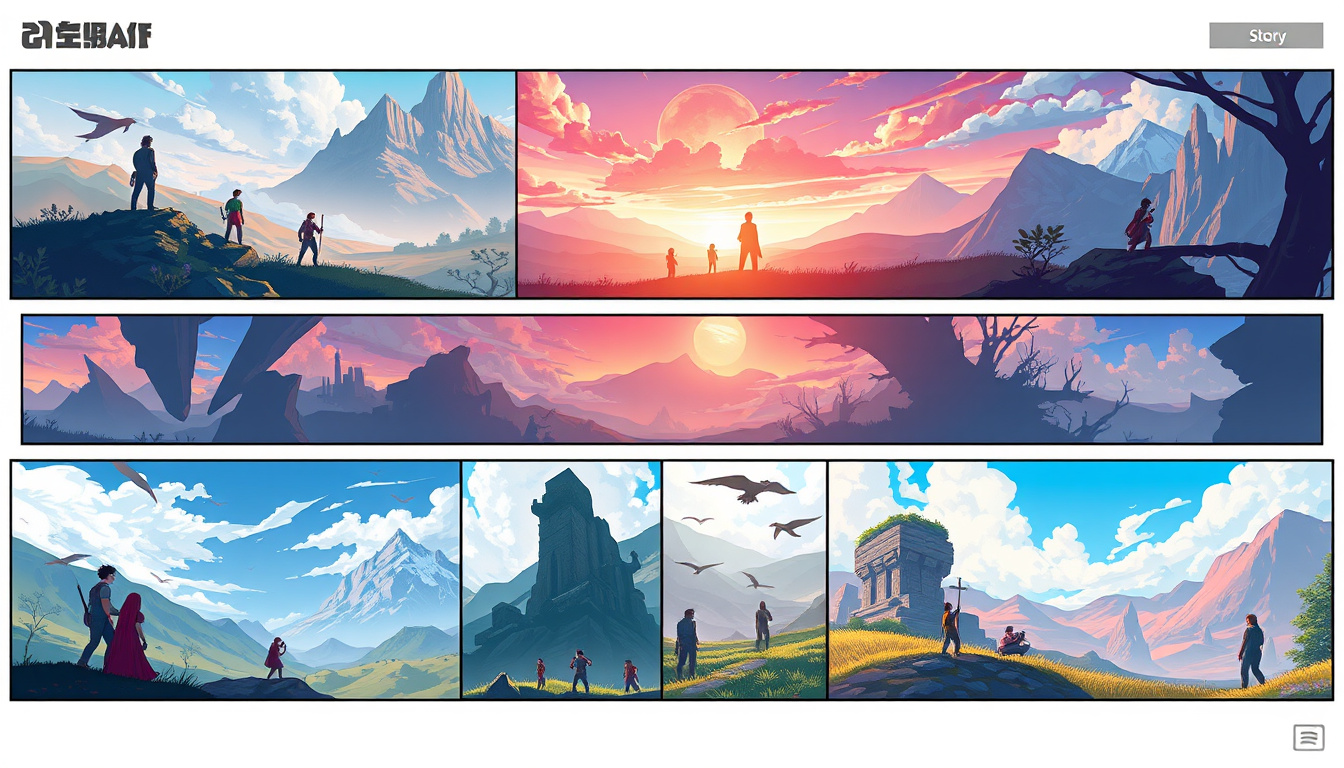
Striking a Perfect Balance Between Action and Storytelling in Films
Films, at their core, are a form of storytelling that comes to life through the lens of a camera. The intricate dance between narrative depth and visually stunning action sequences can often determine a film’s success and its resonance with the audience. Striking a perfect balance between action and storytelling is akin to finding the holy grail in filmmaking. It demands a profound understanding of cinematic techniques, audience expectations, and the undiluted essence of the story being told.
The Importance of a Compelling Narrative
The essence of any memorable film lies not just in the spectacle of its action but in the strength of its storytelling. A compelling narrative is what fundamentally connects the audience to the characters and their journey. It serves as the backbone of the film, around which visually stimulating action sequences are built. Without a solid story, action scenes might thrill but will ultimately feel empty, as viewers lack a deeper emotional or intellectual investment in what unfolds on the screen.
Finding the Sweet Spot in Action Sequences
Action sequences, when done right, can elevate a film from good to unforgettable. However, the key lies in ensuring these sequences serve the story rather than overshadow it. Action should always be purposeful, designed to move the plot forward or delve deeper into character development. The most impactful action scenes are those that manage to reveal something new about the character, challenge them in unique ways, or significantly propel the story towards its climax. This approach ensures that the action feels integral to the narrative rather than a series of disconnected set pieces.
Mastering the Art of Pacing
Pacing plays a pivotal role in balancing action and storytelling. It’s about when to ramp up the tension with high-octane action and when to slow things down to give the audience a moment to breathe and reflect on the story. Filmmakers can adeptly manage the rhythm of their film by carefully planning the placement and duration of action scenes in relation to the narrative arcs. This balance ensures that the audience remains engaged and invested in the outcome of the story while still enjoying the adrenaline rush of the action.
The Role of Character Development in Action
Character development should never be sidelined in favor of action. Instead, action sequences should be used as tools for character growth and exploration. By showcasing characters’ responses to challenging, high-stakes situations, action scenes can significantly contribute to the narrative by highlighting characters’ motivations, vulnerabilities, and transformations. This approach not only enhances the story but also ensures that the action feels meaningful and connected to the overarching narrative.
Embracing the Power of Visual Storytelling
Visual storytelling is a potent tool in the filmmaker’s arsenal, capable of conveying complex narratives and emotions with minimal dialogue. Action sequences, with their dynamic compositions and kinetic energy, offer unique opportunities for visual storytelling. Through creative cinematography, choreography, and editing, action scenes can communicate aspects of the plot or character that deepens the audience’s understanding and connection to the story. This synthesis of visual spectacle and narrative depth is where the magic of cinema truly lies.
Striking a perfect balance between action and storytelling is not a formulaic process but rather an art form that demands creativity, restraint, and a deep understanding of the story being told. Successful films in this regard are those that treat action as an extension of the narrative, using it to enhance and propel the story forward. In doing so, they create a cinematic experience that is both exhilarating and profoundly moving, leaving a lasting imprint on the hearts and minds of the audience.






